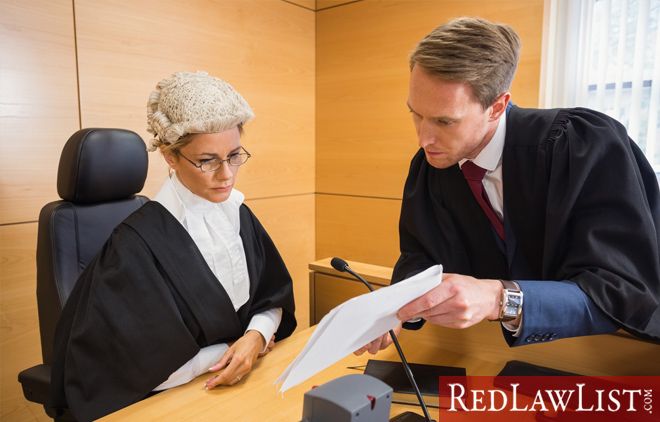
Is there evidence?
It’s the question that gets asked in a district attorney’s office whenever new charges are filed by the police. It’s the question that defense lawyers furtively explore as they seek to do right by their client. And it’s the question the general public asks in high-profile cases that draw media attention.
Before asking if evidence exists, maybe we should start with a more basic, existential question—what is evidence?
The Federal Rules of Evidence, which govern all federal courts and serve as a model for the rules in individual states, provide a very basic explanation. Rule 401 states that something is evidence if “it has any tendency to make a fact more or less probable than it would be without the evidence and the fact is of consequence…”
That’s our starting point—evidence is something that advances the claim of either side in a legal dispute. The second question is this: what evidence is strong enough to persuade a DA to file charges, to persuade a jury or even to be admissible in court to begin with?
The evidence must be legally obtained. The most common violation of this is a police officer conducting an illegal search. Evidence obtained by these means can’t be introduced in a court of law. If we assume the evidence was legally obtained, then the court can consider the following.
Witness testimony
By far the most common form of evidence, a witness can testify to matters that they have personal knowledge of. This doesn’t include what they may have heard second or third-hand—this falls under the “hearsay” rule and is not evidence. Witnesses may also not give any opinion or analysis, just the facts. Interpretation is left to the judge and jury.
Witness testimony comes in 2 forms—either on the stand at trial or in a signed affidavit that is introduced into the record. In either case, witnesses give their testimony under oath and are subject to penalty of perjury if they deliberately lie.
Expert witness testimony
A little bit different from the above, an expert witnesses—for example, a physician testifying in a workers’ comp case to the extent of a person’s injuries—is allowed to offer interpretation and analysis. They are also not expected to have firsthand information in the way a standard witness does.
To use our physician example, a doctor testifying on behalf of the insurance company likely hasn’t treated the patient, but can look at medical records and other information to form their analysis.
Physical evidence
Physical evidence is anything tangible that advances a claim. A powerful example would be fingerprints on a gun. Both items—the gun and the prints—are physical evidence and taken collectively, they advance the claim that the defendant shot the gun. DNA samples are another common example. However, anything that can be physically brought into the courtroom is physical evidence.
Circumstantial evidence
These are facts that can be used to reasonably infer another fact. For example, a witness sees someone fleeing the scene of a crime. It can be reasonably inferred that the person was there when the crime was committed. One piece of circumstantial evidence is likely to be insufficient, but a collection of such facts can significantly strengthen a case.
Corroborating evidence
These are facts that serve to strengthen the authenticity of a previous fact. Let’s return to our witness who saw someone fleeing the crime, which we’ll say was an armed robbery. Another witness testifies that they recently sold a gun to the same person.
Taken by itself, the latter piece of evidence is unremarkable, perhaps even irrelevant. But combined with the witness who saw the same person leaving the scene of an armed robbery, it becomes corroborating evidence.
Documentary evidence
Anything in writing that proves a fact, from formal papers to blog posts or social media comments, can be introduced as documentary evidence.
Statistical evidence
Statistical evidence is anything relying on mathematical data to advance a case. One example might be extreme statistical outliers—facts that don’t match up to what has typically taken place. Taken alone, statistical evidence might be insufficient. However, combined with corroborating evidence, it becomes potent.
There’s an endless list of examples of what might be evidence. The bottom line is that so long as information is obtained legally, makes a fact more likely than not and the fact in question is relevant enough to swing the case, then evidence exists.


